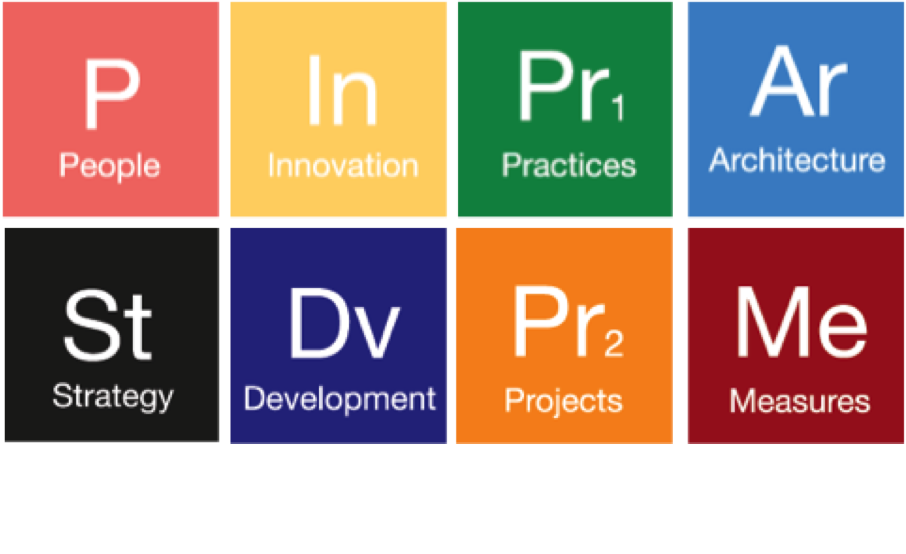After nearly 40 years, Florida's Joe Bay reopens to anglers
A long untouched section of The Everglades once again welcomes fishermen in search of snook, tarpon and more
by Mike Hodge - Hatch Magazine, Monday, Apr 10th, 2017
More than 6 million people live in South Florida. And given that the lower tip of the Sunshine State appears to be growing every year, this means more fishermen will share less water.
It’s an unfortunate fact of life for many Florida anglers. But there’s a nugget of hope for those who like to fish the Everglades.
Joe Bay, a chunk of water on the northeastern shore of Florida Bay, has recently re-opened to fishing after nearly 40 years of closure. Since 1980 until late 2016, Joe Bay and nearby Snag Bay were off limits to fishing due to declining American Crocodile populations in the area. However, the American Croc, once an endangered species, has since rebounded and the no-motor area was created to accommodate fishing in November of last year.
Derke Snodgrass, an Islamorada resident, was one of the first ones to fly fish Joe Bay and loaded up on jacks, ladyfish, with occasional opportunities for snook and tarpon.
“I think the fishing is pretty good, it’s just your non-target species, primarily,” Snodgrass said. “It’s good action. It’s just not what people would go in there for. I’ve taken my 14-year-old son, Colton, in there, so that type of action is fantastic. And it’s just the whole experience. It’s the experience of paddling into pristine to semi pristine, virgin territory.”
Joe Bay, though appealing, comes with a few restrictions. It’s catch-and-release and paddle power only.
And access is limited. You have to use a kayak, canoe or paddle board via channels from Trout Creek. The paddle takes about a half hour.
“The paddle power eliminates the googan who’s not going to put in the effort,” Snodgrass said. “It’s a Banana River kind of thing, possibly. Sometimes, though, it’s not a googan thing. It’s an effort thing. Or some people, because of age or just ability, just can’t paddle that far.”
WHAT TO USE AND THE LAY OF THE LAND
Finger mullet abound, so EP baitfish patterns are probably a good bet. Although Florida Bay and world-famous Flamingo are known for tailing reds, Joe Bay is a bit too deep to yield that scenario.
“Snook seem to be the main target,” Snodgrass said. “Redfish are pretty much non-existent back there. The bay itself is pretty deep. The water level right now is pretty darned low. The bulk of the area is over a meter deep. Some of the bights are shallower, but not tailing-depth shallow.”
Although water-quality issues and habitat losses have plagued much of the Everglades, Snodgrass said the water in Joe Bay is clean with plenty of cover—mangroves and grass—for the fish.
“There is nice seagrass, not meadows, but pockets of it,” Snodgrass said. “The water was pretty clear. Definitely sight fishable.”
THE JOE BAY PROJECT AND ANGLERS IN ACTION
Snodgrass never saw another boat during his handful of trips. But if you do see someone, it may be Dr. Jennifer Rehage of Florida International University, the point person for the Joe Bay Fisheries Project, a study to evaluate the impact of the no-fishing edict.
Since the study, funded by the Everglades National Park, is expected to take three years, it’s probably too early to draw firm conclusions about the catch-and-release area. For instance, Rehage and her team want to compare the fish populations of Joe Bay and nearby Snag Bay, which have been reopened after lengthy closures and Little Madeira Bay, which has remained closed. A definitive answer has yet to be formulated about any of the areas involved in the study, which started in December of 2016.
One of the primary components in the study is the Snook & Gamefish Foundation’s Angler Action Program, which allows anglers to electronically log the size and species of their catch and other important information about their fishing trips in a data base used for research purposes.
Angler Action data has been used in recent state-wide stock assessments for redfish, trout and snook. Now it will be used to evaluate a particular piece of water.
“What I love about the Joe Bay project is that it really points out how fantastic the marriage between anglers and researchers is,” SGF Executive Director Brett Fitzgerald said. “Whether you call it ‘citizen science’ or whatever the new buzzword is, Joe Bay is nothing but a total win for everyone.”
Anglers can log their Joe Bay information the traditional way, with pen-and-paper surveys at the Trout Creek mooring area. Those more technologically advanced can use their laptops or cell phones. There’s even a Joe Bay App.
Anglers can register for Angler Action, its App, and the Joe Bay Project via joebayfishing.org/angleraction/login/auth or the Snook & Gamefish Foundation website.
Mike Hodge is a freelance writer from St. Augustine, Fla. and a previous contributor to Hatch.
As the technology partner for the Snook & Gamefish Foundation, Elemental Methods developed and hosts the “JoeBayFishing” web portal, mobile application(s), and database.

